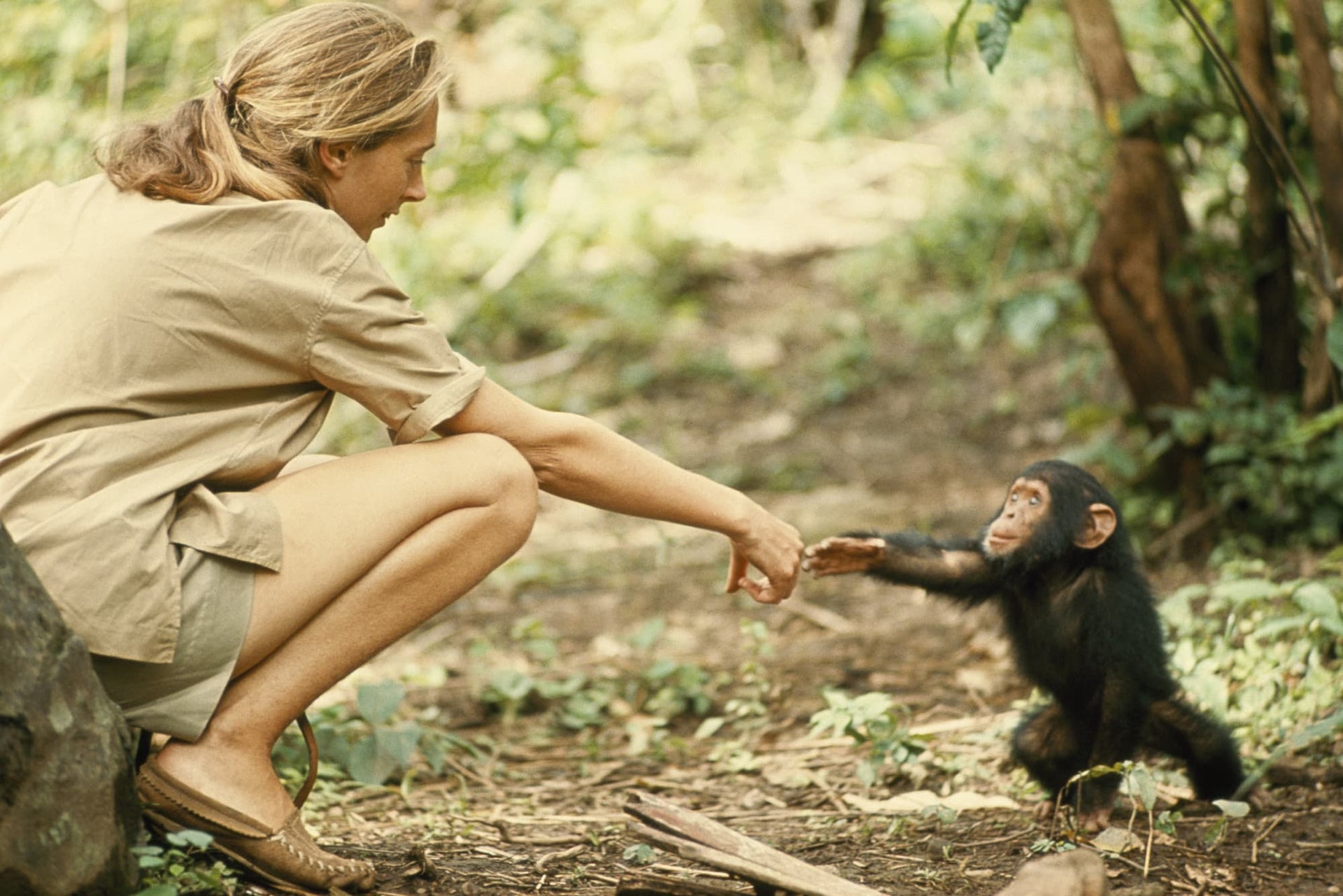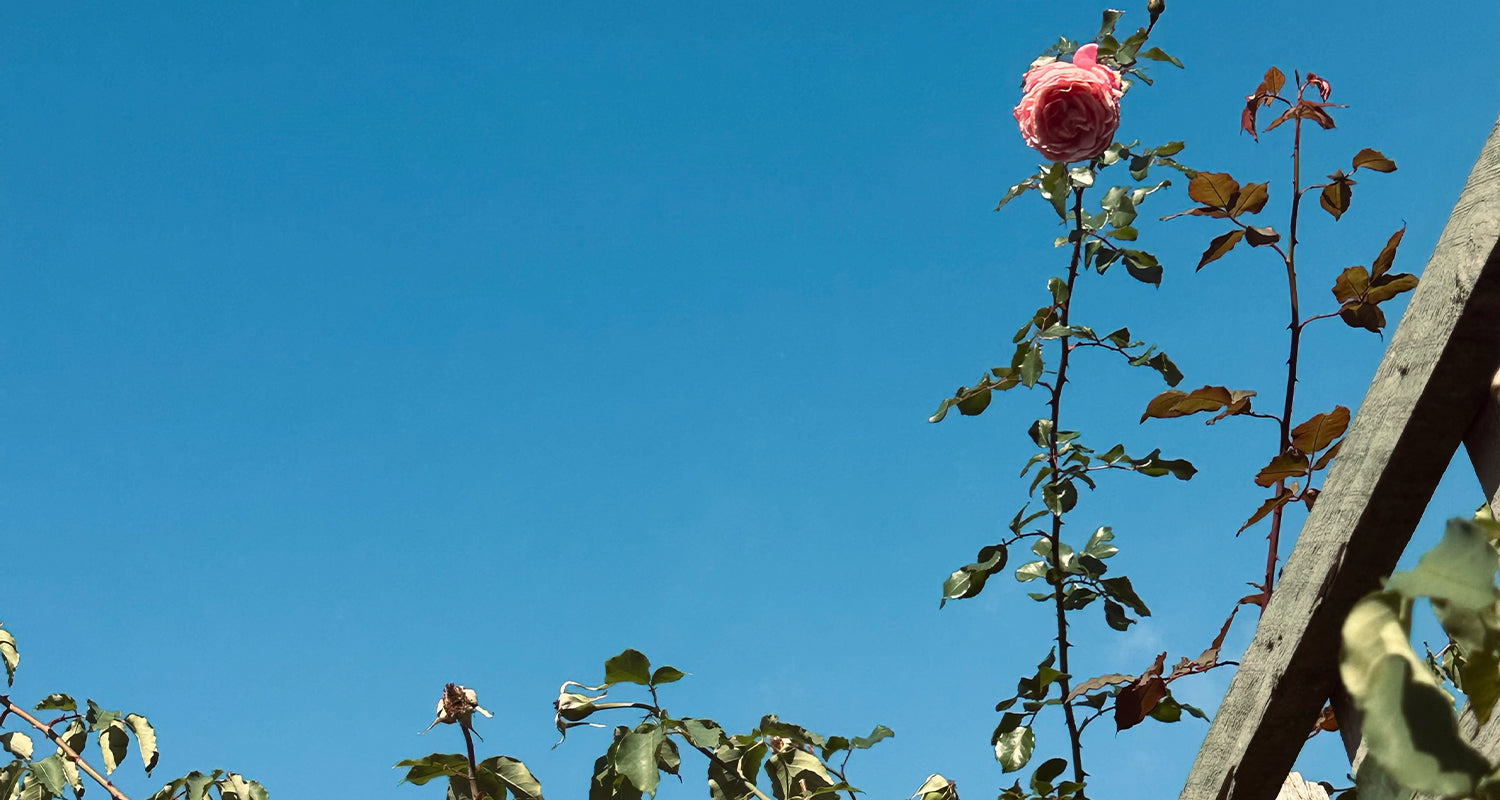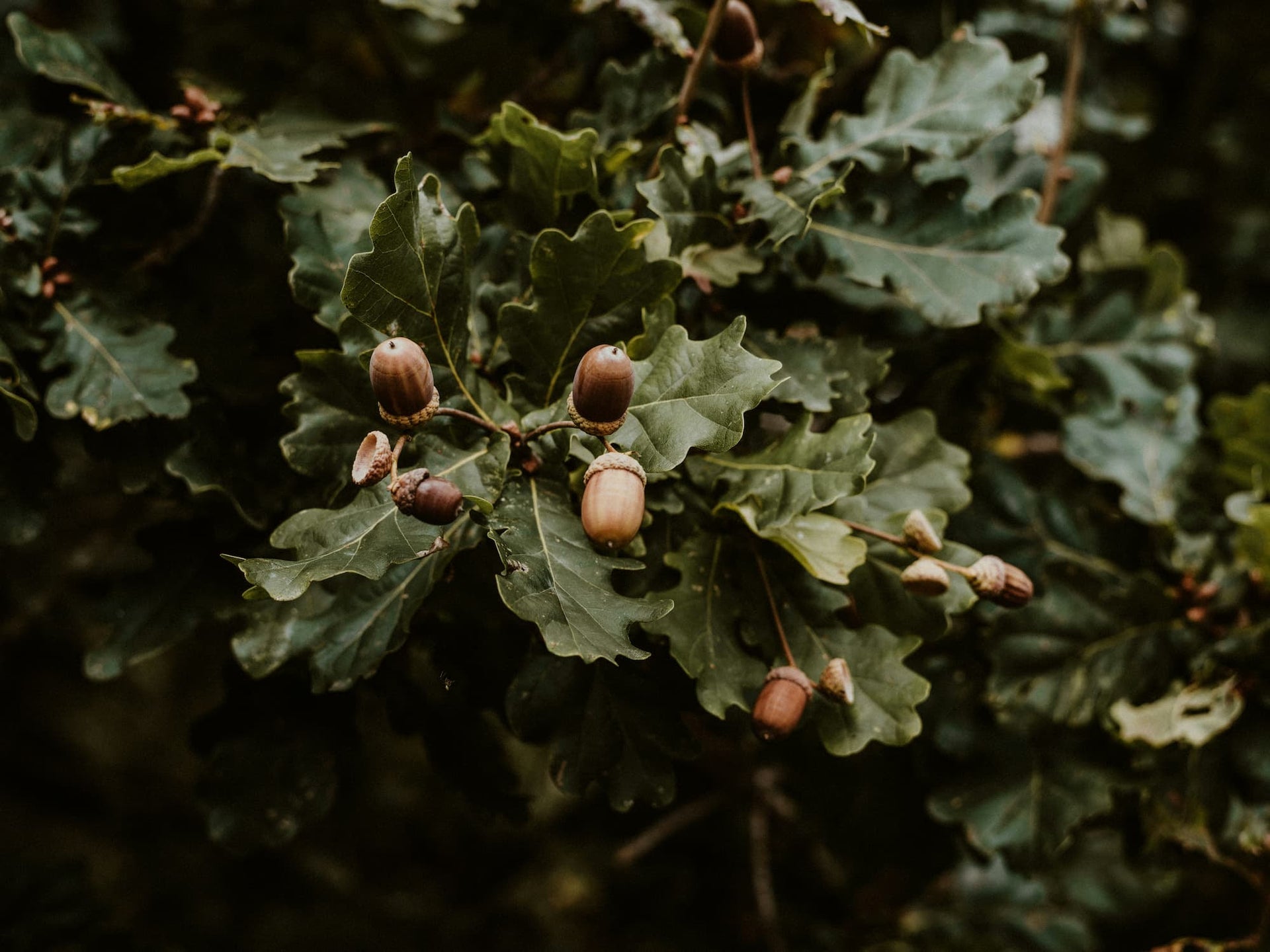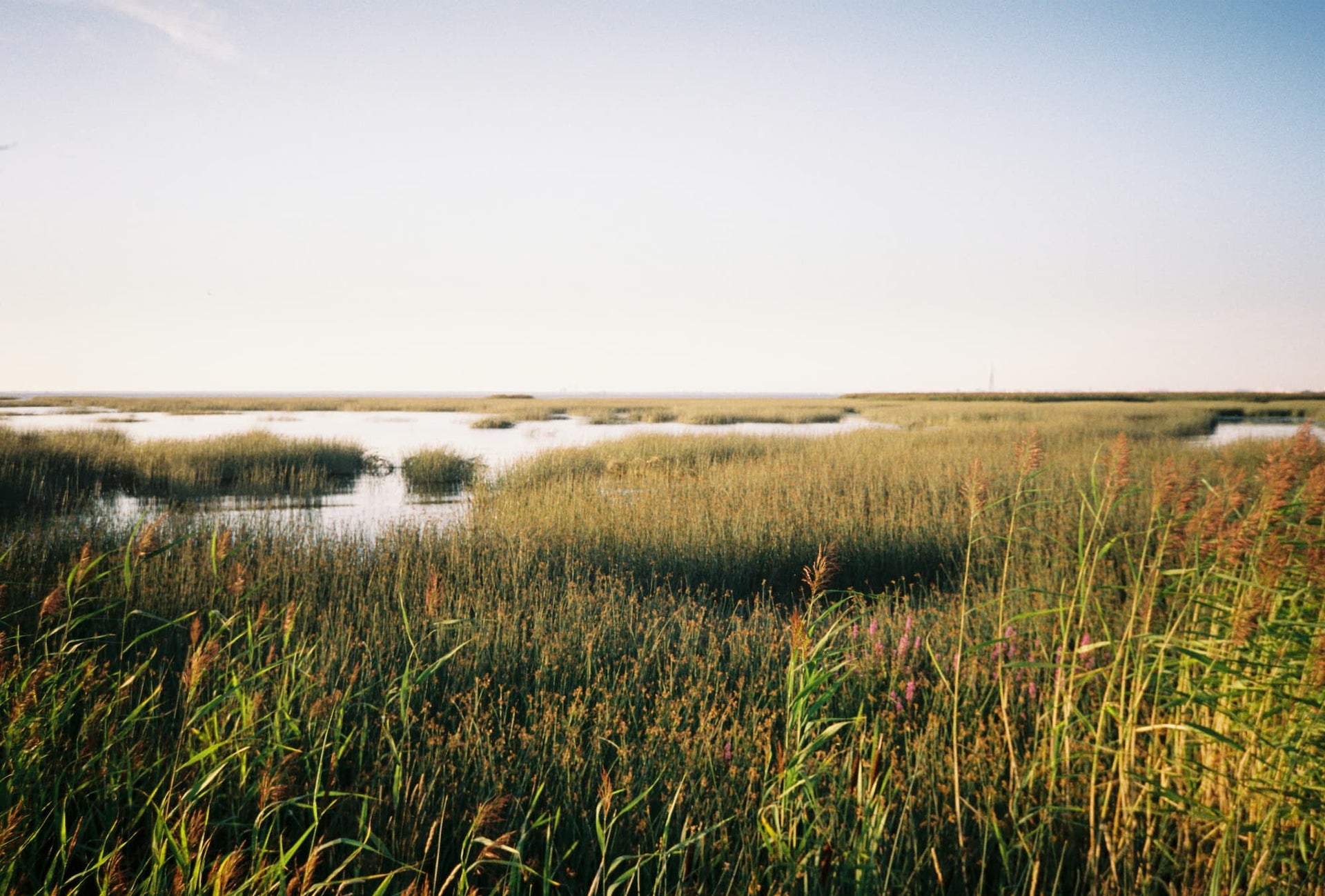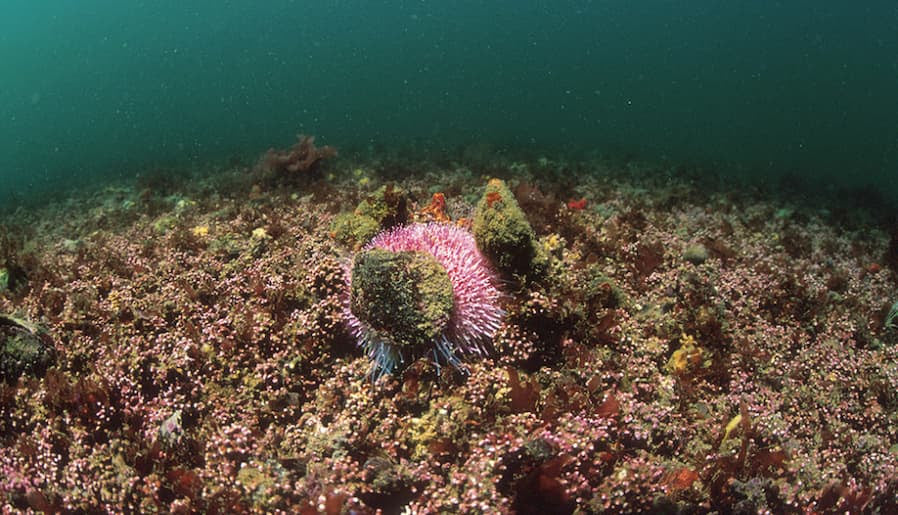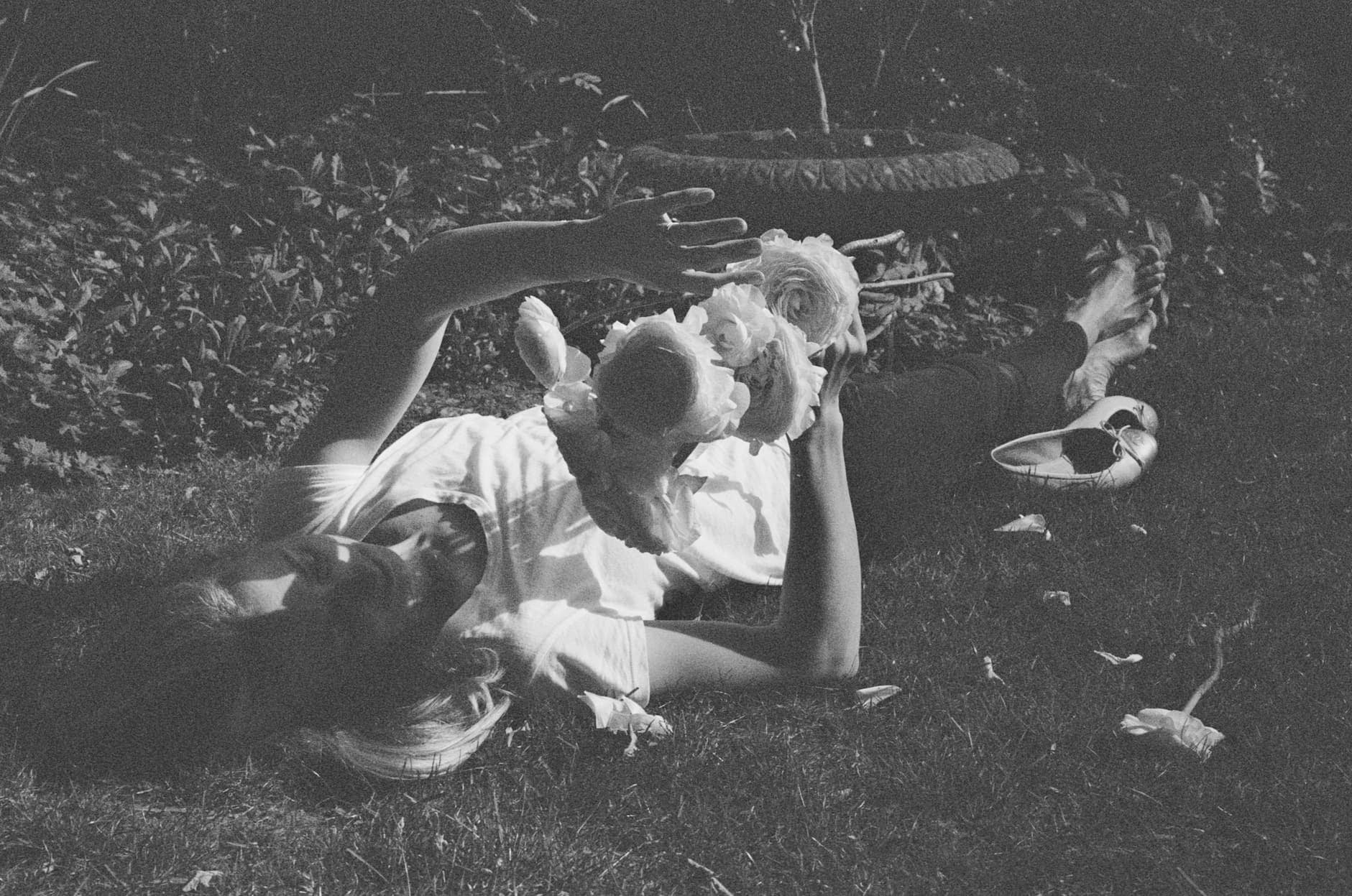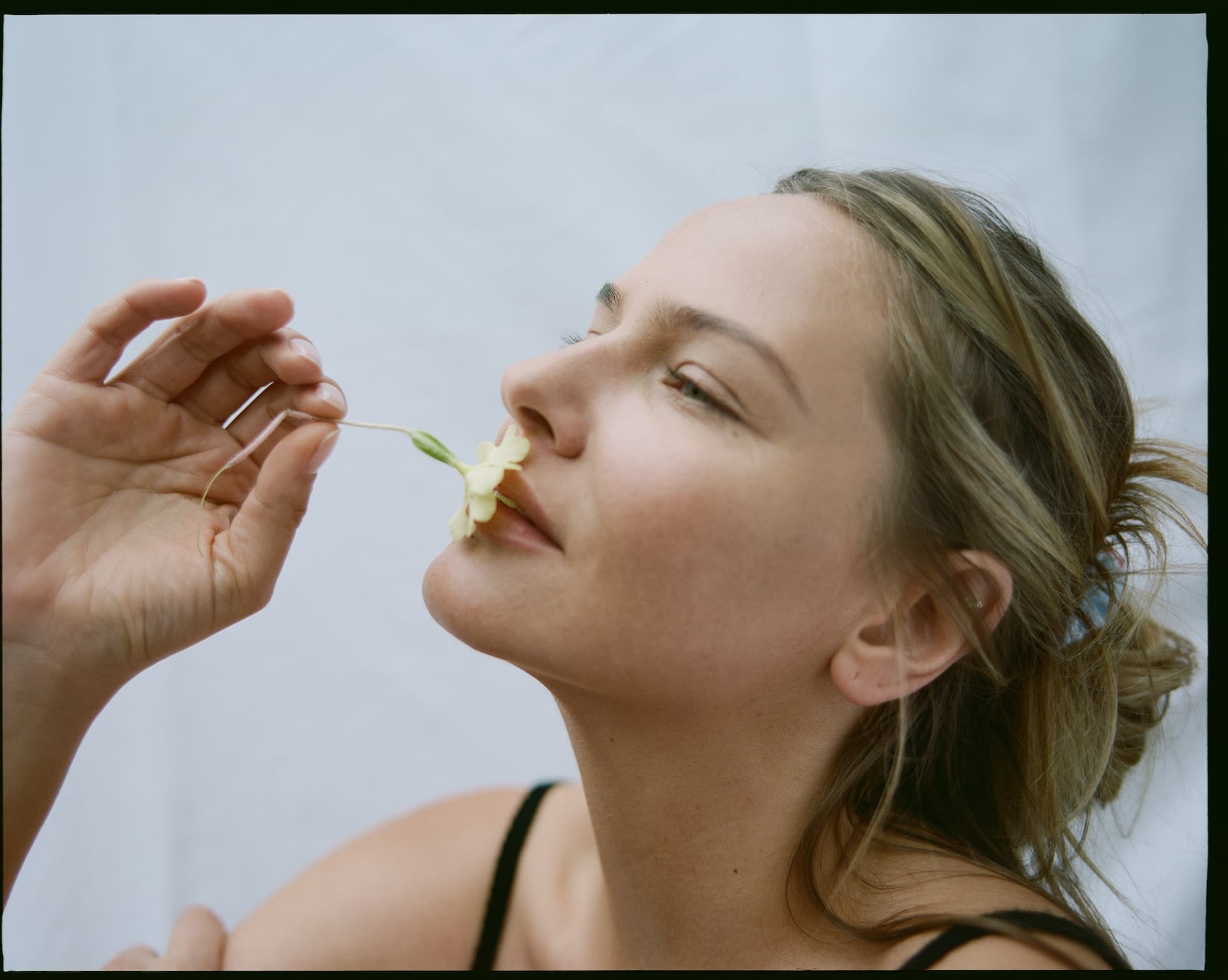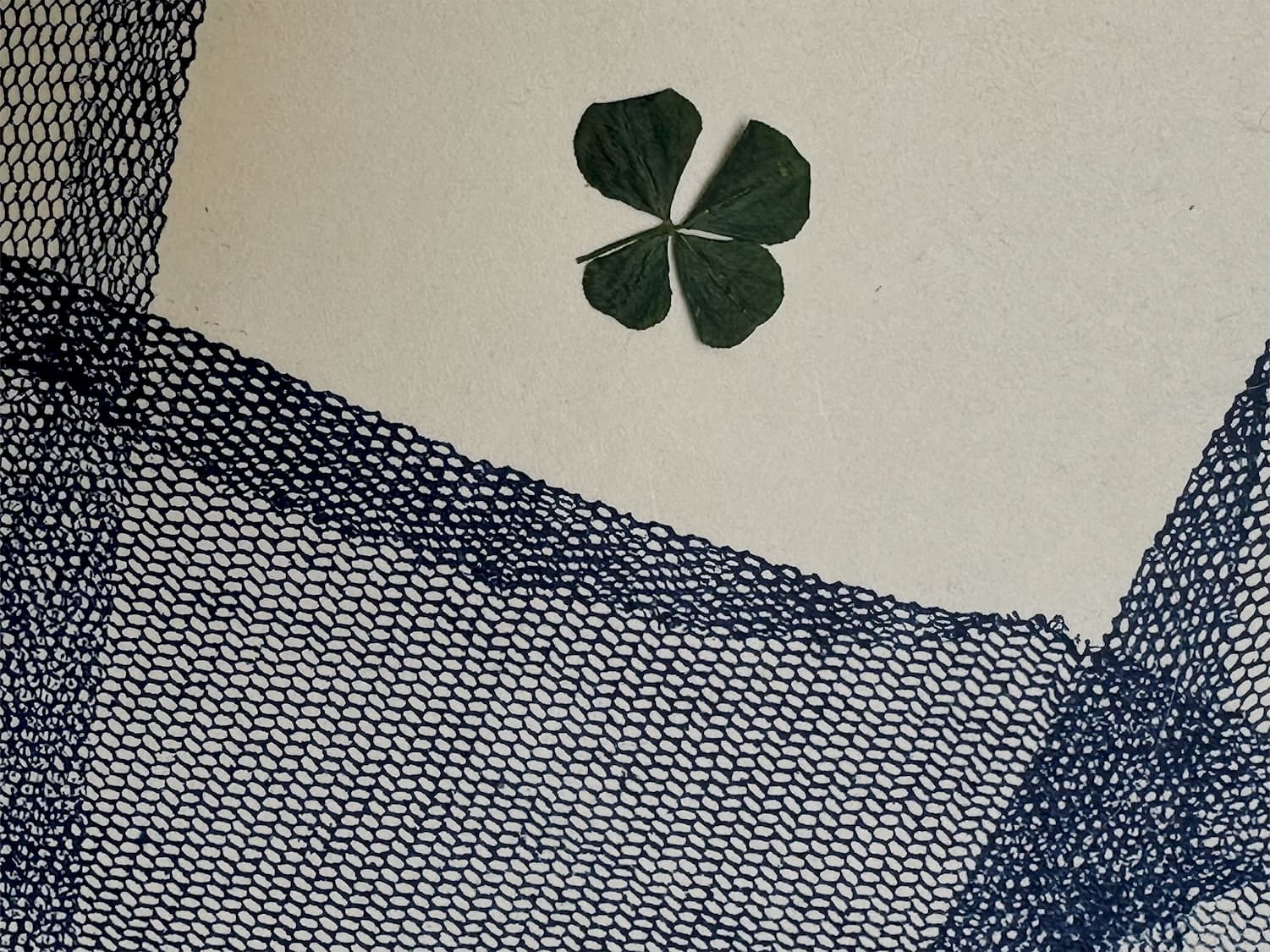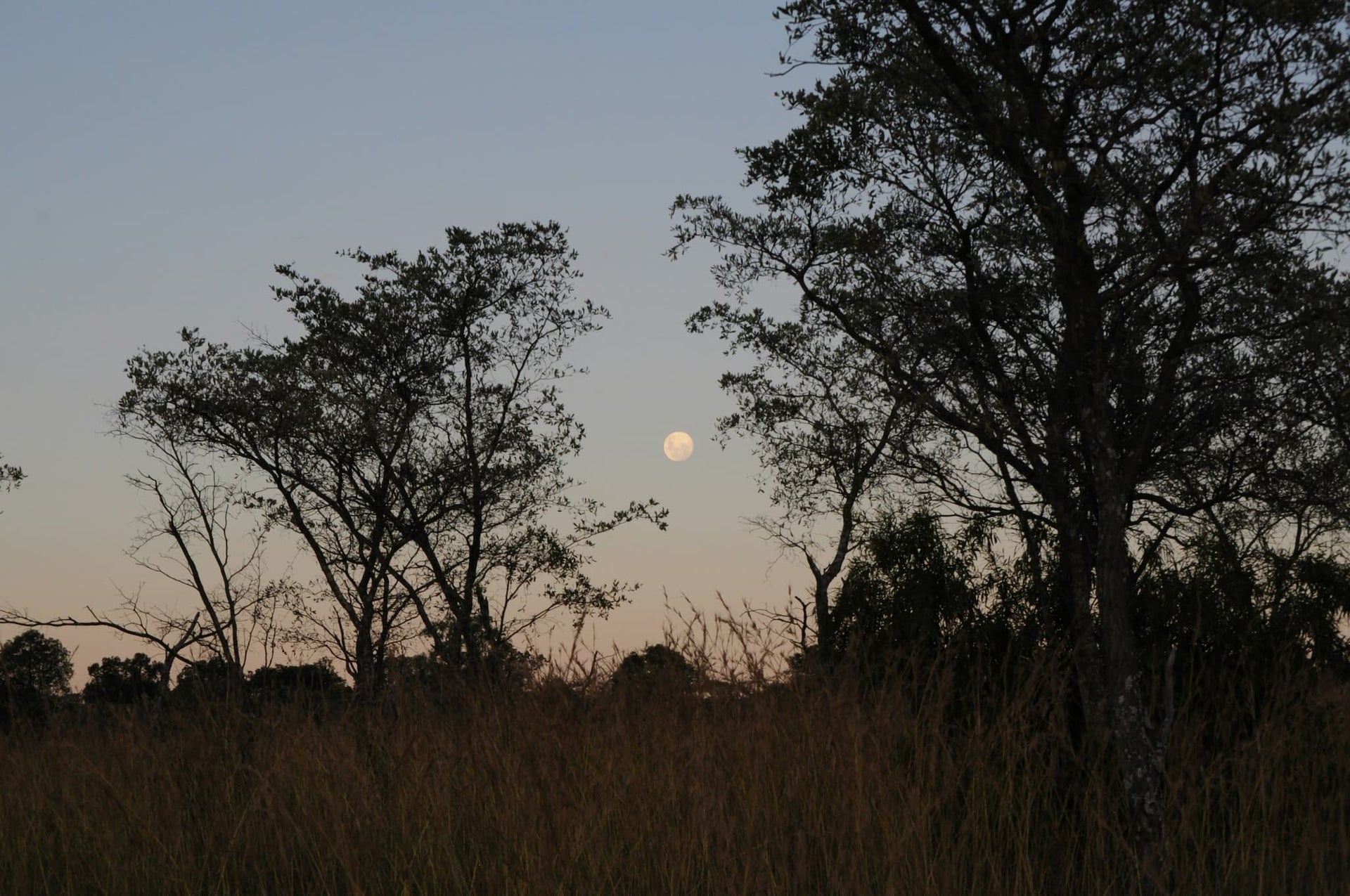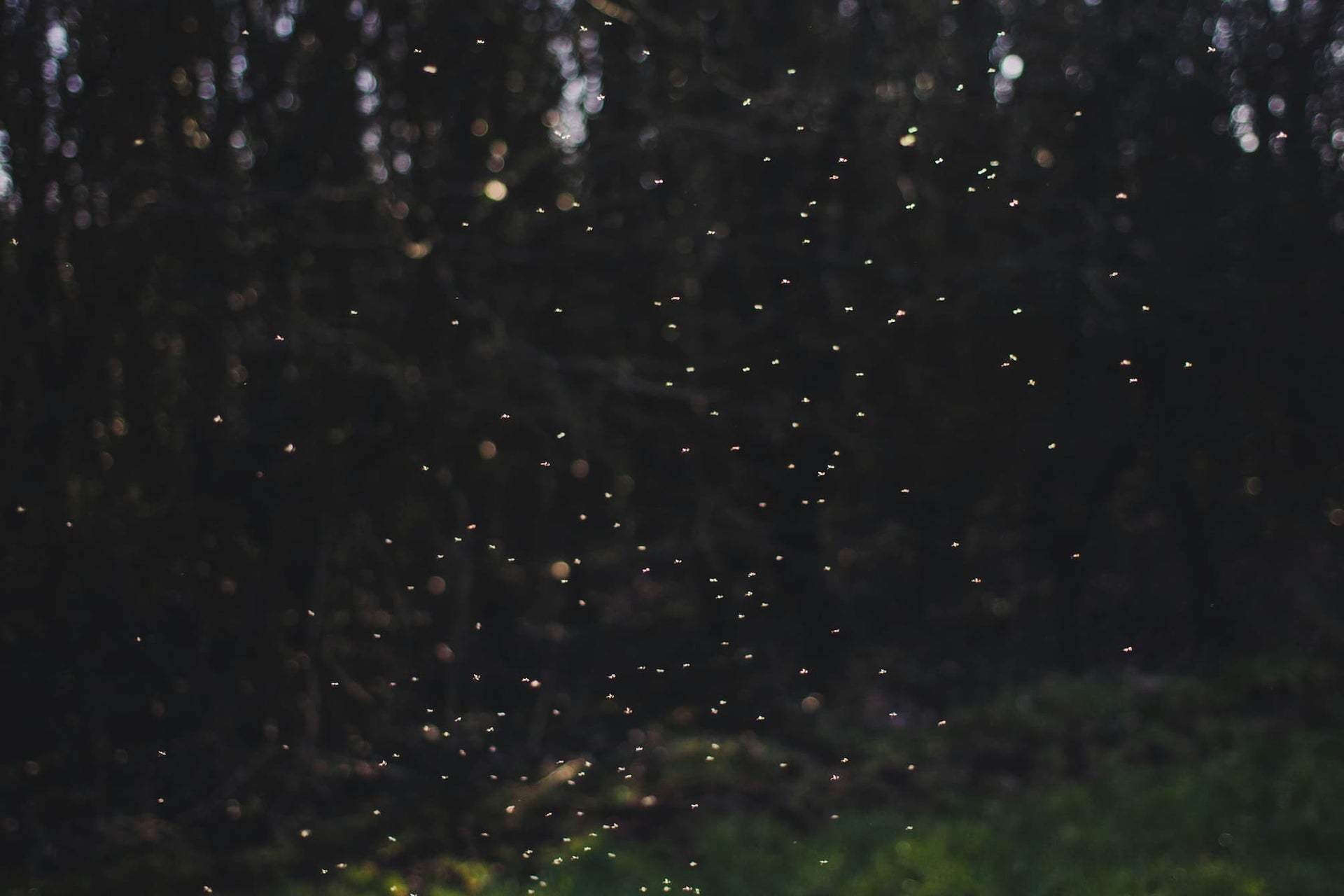From The Ground Up
The Journal
-
Issue 16
...read moreThe pumpkin is such a simple, familiar thing, yet it carries centuries of meaning. In many traditions, pumpkins are more than food. They are symbols of protection and passage. In Mexico and across Central America, pumpkin seeds — pepitas — are part of mole, a rich sauce of celebration, remembrance and communion. In Celtic lore, hollowed pumpkins or turnips lit with candles were used to ward off wandering spirits; later, they became jack-o’-lanterns, welcoming the good souls home and keeping darkness at bay.
There’s something somewhat altar-like about pumpkins — the way we carve and light them and place them on our doorstep. Halloween insanity aside, they too are rooted in the same instinct as ofrendas and Balinese offerings: to bridge the seen and unseen. On our trick-or-treating rounds in London, we see houses adorned with all sorts: cackling witches, skeletons jumping out of graves and giant spiders sometimes spanning the entire front of the house, but it is the pumpkins, the quiet guardians of transition, nature's gentle lanterns, that bring me (and, arguably, my kids) the most joy.
To limit the waste of the pumpkins my children will be carving up next week, I'll attempt Julius Robert's pumpkin pasta recipe with the bits left over, which looks delicious.
-
Issue 15
...read moreThis week, the world said goodbye to Dr. Jane Goodall — a woman whose quiet courage and lifelong devotion to the natural world changed the way we see life itself. The outpouring of love and respect for her has been immense, and rightly so. She was, and will remain, one of the most extraordinary voices for our planet — a scientist who led with empathy, a visionary who built a global community founded not on power or persuasion, but on love.
Dr. Jane taught us that affection is not a weakness but a bridge — that tenderness and curiosity could coexist with scientific rigour. Through her pioneering work with chimpanzees, she revealed to the world the profound emotional lives of animals: their capacity for care, play, grief, and nurture. In doing so, she didn’t just redefine our understanding of them; she reminded us what it means to be human.
Her compassion didn’t stop in the forests of Gombe. Through her Roots & Shoots programme — now active in over a hundred countries — young people are being empowered to care for their communities, animals and the environment. It has become a living expression of her belief that lasting change begins with empathy and action and provides a lifelong lesson in how love, courage and curiosity can change the world.
-
Issue 14
...read moreSeptember carries a witchy sort of magic. It's a scintillating postscript to summer, still spinning warmth and light but whispering new chapters and change before the great hunkering-down. I don't really ever notice the intricacy of nature's activity over the summer because it's taken up by big skies, full fruits and flowers and I guess I'm lulled by the loud, lazy gluttony of it all, but as nature charts the route to colder, darker months and an overall closing-in, all while we're forced to sharpen up the edges of our summer-softened brains in the back-to-school of it all, I start to notice the elaborate activity of small creatures: a constant humming of webs and wings; dragonflies, butterflies, house spiders weaving their brief stories before autumn settles in.
It's a rather lovely nudge to play our own part in these busy preparations by, perhaps, planting some bulbs (daffodils or alliums) to surprise you in Spring, adding compost or mulch to enrich the soil before winter, dead-heading late roses to prolong colour (and the bees) or creating leaf piles as habitats for small insects. I shall litter my garden with lanterns this year and buy a small fire pit so that, as the days get shorter and the nights longer, my kids can look up at the stars instead of their screens.
-
Issue 13
...read moreWriting a new chapter in your life can require an extraordinary amount of energy and it often leads to you feeling temporarily depleted afterwards. Interestingly, nature charts this very same course.
This year, oak trees are writing a story of abundance. Walk through the woods and you’ll notice the ground littered with acorns: it’s what’s known as a "mast year", when oaks across whole regions release an overwhelming crop, all at once. Some years, the oaks are deliberately sparing — holding back their energy and limiting what’s available to the animals that rely on them in order to keep animal populations in check. And then, in a year like this, they flood the forest with possibility, so that leftover acorns have the chance to take root and grow into saplings, ensuring the continuation of the oak's story.
Witnessing this is to feel the quiet genius of nature in real time. Oaks invest as much energy in these prolific seasons as they would in many years of steady growth and, remarkably, with an unspoken and invisible sensory process, trees of the same species often sync up over vast areas to make this predator-satiation and survival strategy even more effective.
-
Issue 12
...read moreIf you think I'm completely mad for speaking to the moon, just contemplate, for a moment, how nature works: with migrations determined by certain skies and a flower like jasmine ramping up its perfume at dusk because to attract its moth pollinator. This isn't some mad poetry; it’s biology and...survival. We’re part of that same design.
I read Robert Macfarlane’s The Wild Places this week and he describes how the landscapes he visits that are seemingly untouched by human hands — remote moors, deep forests, hidden valleys — awaken something elemental in us. They remind us that the earth has its own vast, ancient rhythms, unfolding with or without our interference. When we tune into cycles like the moon’s, we are, in a sense, doing the same thing: recognising the earth not as something to be managed or tamed, but as a living force that holds us.
Butterflies, for example, embody this truth in the most extraordinary way. Monarchs travel thousands of miles each year, navigating by the position of the sun and their own circadian clocks, to return to the very same patch of forest, generation after generation. Their journey is a reminder that the natural world carries maps and wisdom written into its very being, with nothing but unwavering trust in rhythm and light.
By focusing on these patterns, we begin to appreciate the wild rhythms within our own days: the way a tree bends towards moonlight, or how the air feels sharper on certain nights. Macfarlane shows us that the “wild places” aren’t always distant; sometimes they’re in the overlooked details, the spaces where human order loosens and nature reveals its quiet mastery — and, interestingly, he notes that:
"We are fallen in mostly broken pieces, but the wild can still return us to ourselves."
When we allow ourselves to belong to these cycles, we remember that we are not separate. We too are elemental, called to navigate by forces greater than ourselves, finding our way back, always, to the same truths.
-
Issue 11
...read moreNature’s rejectamenta is endless: leaves, stones, flowers, feathers... Each is part of a cycle, a story bigger than us. To collect a shell or a stone feels like we're borrowing a fragment of that story for a while, rooting ourselves in the vastness of time and tide. Perhaps this is why we can sit for hours among the rocks; because in those broken, scattered pieces, we glimpse our own place in the pattern.
My Notes app on my phone is filled with unfinished poems, lists and thoughts and there's a piece I wrote over a year or so ago, from a particularly challenging time personally, that has a section that seems to ring with this idea of nature allowing us to see ourselves as part of something bigger, and in so doing, providing us with a sense of beauty and (re)connection:
...Swaying forever to a greater hand, Shifting and moving and bubbling with life, Rolling over broken shard and empty clam, Made prettier somehow through strife — Will seeing the sun pull stars onto its peaks Shed a light also on my heavy heart,Sway me, stay me…Make beautiful too, my broken shards.
That idea of light and layering also brings to mind the work of Severine Godissart, who describes herself as a photographer of"cosmos et coquillages". If observing, collecting and displaying is the amassing of fragments in motion, Severine's photographs are its transmutation into still life. And nowhere do I see Mary Oliver's becoming a"needle in the haystack of light"more acutely than through Severine's lens.
So, whether you feel happy or sad, lost or found, this week I recommend creating your own little altar to nature, with whatever you find on your path. Arrange it by your desk, bed or bookshelf as your touchstone to a greater understanding of what beauty really is.
-
Issue 10
...read moreThis morning, on the beach in St Mawes, I spoke with my cousin just after he surfaced from a dive. He told me he was checking on mearl —a prehistoric, pink coral-like kelp that grows just a millimetre a year and is 16,000 years old. Underwater, it forms a vast and intricate city, providing shelter for countless species, yet it is highly endangered and can be destroyed in moments (ahem, Thames Water).
Ancient and imperilled, maerlis nature’s lesson in patience and vulnerability and speaks to the same pattern repeated across the natural world: the beauty of what exists right now alongside the ache of how easily it could vanish. Observation in this case leads to both reverence and, vitally, protection. The sea is such a marvellous museum. If you’re fortunate enough to find yourself swimming in the ocean, snorkeling or diving this summer, don’t forget to observe all the beauty in that underworld.
-
Issue 09
...read moreLate summer is the perfect time to start light pruning in the garden. It’s when many shrubs, flowering plants like roses, and herbs like lavender and thyme can be trimmed back to encourage a final flush of growth before autumn. Deadheading also stops the plant from wasting energy on seed production, redirecting it instead to root strength and resilience.
I still find it difficult to cut down flowering branches. There’s something about snipping off something that looks so alive and beautiful that feels wrong. But over time, I’ve learned that if I don’t, the plant struggles. It becomes tangled, heavy and overgrown and it pulls the whole plant down into the bed. With a little trust and restraint, that hard cut allows it to stay upright and bloom more fully and freely.
This is the essence of seasonal cleansing. Whether in your garden or in your daily habits, small acts of removal can yield powerful regeneration. Sometimes, letting go is the most generous thing we can do for what we want to thrive.
-
Issue 08
...read moreGardening, even at its simplest, offers a tactile intimacy with the natural world that our bodies instinctively recognise. Running your fingers through soil, pruning a herb with bare hands, brushing past lavender or tomato leaves and catching their unmistakable scent… these are all small grounding rituals. Direct contact with the earth has been shown to reduce inflammation, calm the nervous system and regulate mood.
There’s a quiet exchange in this physical contact with nature. You touch a leaf; it brushes back. You dig a hole; the soil releases scent and memory. Touch, in this context, becomes a reminder that we are not separate from the world we live in. We are a part of it — one living, breathing organism among many.
This week, try to go outside and touch something living: the bark of a tree, the petal of a flower, the earth in your garden or a potted plant on your windowsill. Let it be a moment of reconnection: a soft, silent dialogue between your skin and the natural world.
-
Issue 07
...read moreIn the same vein as the fragmentary pleasure of Astonishing Things, I untied a few small flower presses yesterday that had been forgotten on the bookshelf since an afternoon experimenting with my daughter. I couldn’t have told you what she’d gathered that day, but as I lifted each layer, the paper-thin buttercups, geranium buds and rose petals opened something far larger: the whole afternoon came rushing back. Her proud little face, the sun, the sweetness of being in that shared moment and the excitement of tucking something small and precious away to preserve something vast.
When we were in Cornwall recently, she found a four-leaf clover and tucked it into the pages of her book. She carried it around all week, and then decided, entirely on her own, to post it to someone she felt needed the luck more than she did. When she posted her tiny envelope in the letterbox, it marked something bigger even than the magic and rarity of a four-leaf clover; a moment of loving care.
It's a reminder that sometimes a little scrap, preserved, offers a kind of beauty that lasts — not in scale or even permanence, but in feeling. The kind you don’t forget.
-
Issue 06
...read moreAt dusk, something quiet happens in the trees — something most of us never notice. Using time-lapse laser scanning, researchers have discovered that many trees gently lower their branches by 8-10 centimetres at night. A kind of exhale, or slow bow to the dark.
Trees respond not to touch or noise, but to light and rhythm. They have their own circadian cycle; the same invisible clock that guides sunflowers to follow the sun tells trees when to rest. Their posture shifts, their energy changes and with very little noise or effort, they surrender to night.
While we often think of sleep as a human function, the truth is that rest is built into the fabric of nature. Many plants close their petals and fold their leaves. Trees let their limbs fall just slightly, like the body softening before bed.
So, as the sun goes down and the light dims, instead ofstaying wired and upright—overriding nature's signal—maybe we should allow ourselves to guiltlessly shut everything down, give in to gravity and obey (or rather, return to) a much deeper and wiser rhythm.
-
Issue 05
...read moreThis week, I found myself captivated by an article about fireflies. These small, flickering insects — symbols of summer evenings — are quietly disappearing. Excessive artificial light, especially in our towns and gardens, is disrupting their mating rituals and survival. As light pollution rises by nearly 10% each year, we are unintentionally drowning out one of nature’s most delicate sources of light.
But why do fireflies matter?Fireflies, or lightning bugs, produce their light through bioluminescence.For fireflies, light is life. It’s how they attract mates, how they communicate, and in some species, how they ward off predators. Their gentle pulses form a living language in the dark. When artificial lights flood their habitats, this language is drowned out, causing their numbers to decline.
Fireflies aren’t alone. In nature, bioluminescence is shared by other incredible creatures: deep-sea fish, plankton that light up the ocean at night, certain fungi that make forest floors faintly glow. These organisms use light for survival, for connection, and for beauty.
It’s a reminder that not all light is ours to control. By reducing unnecessary artificial light at night, we can give fireflies and countless other nocturnal creatures the darkness back they need for their own life-giving light.


